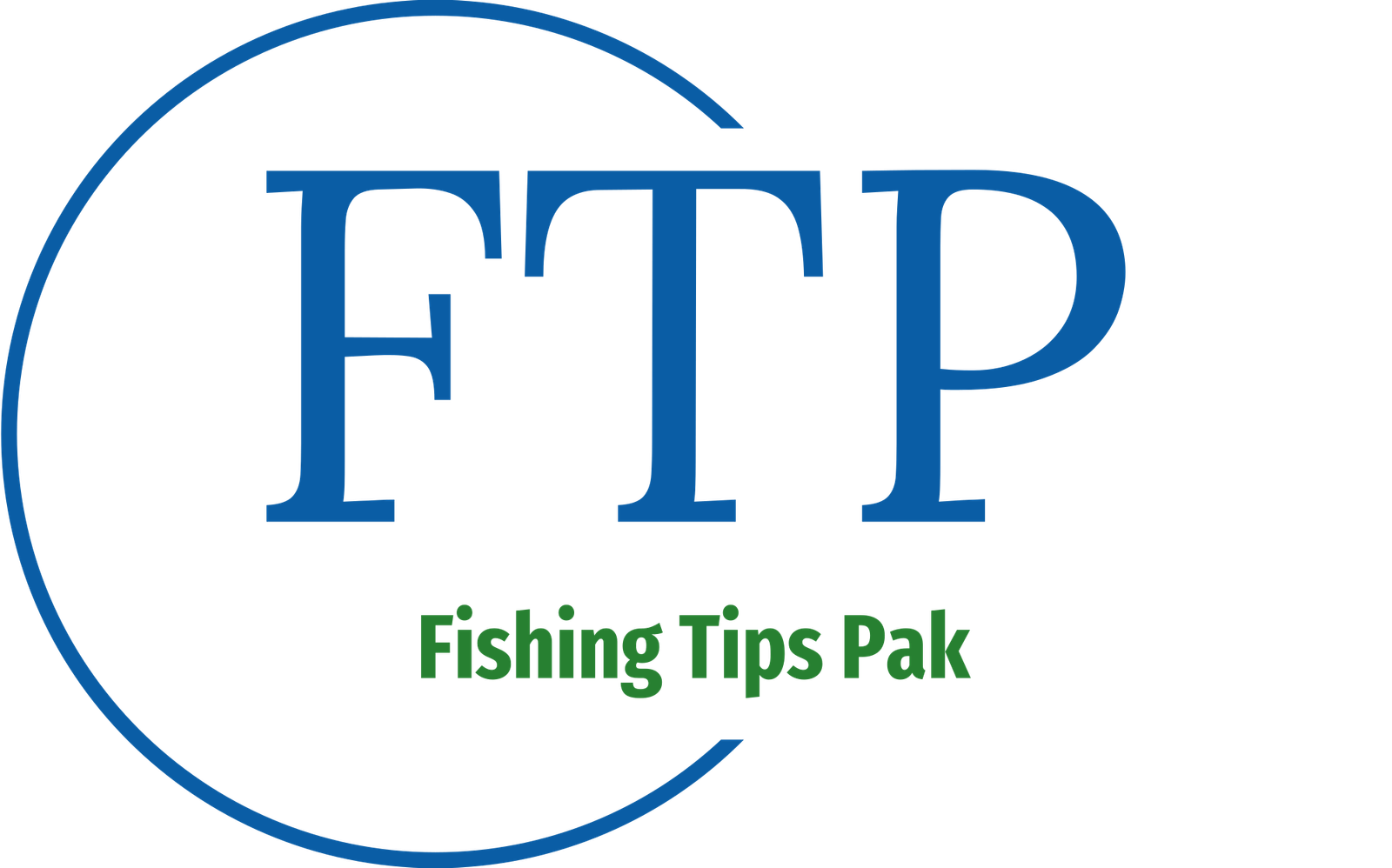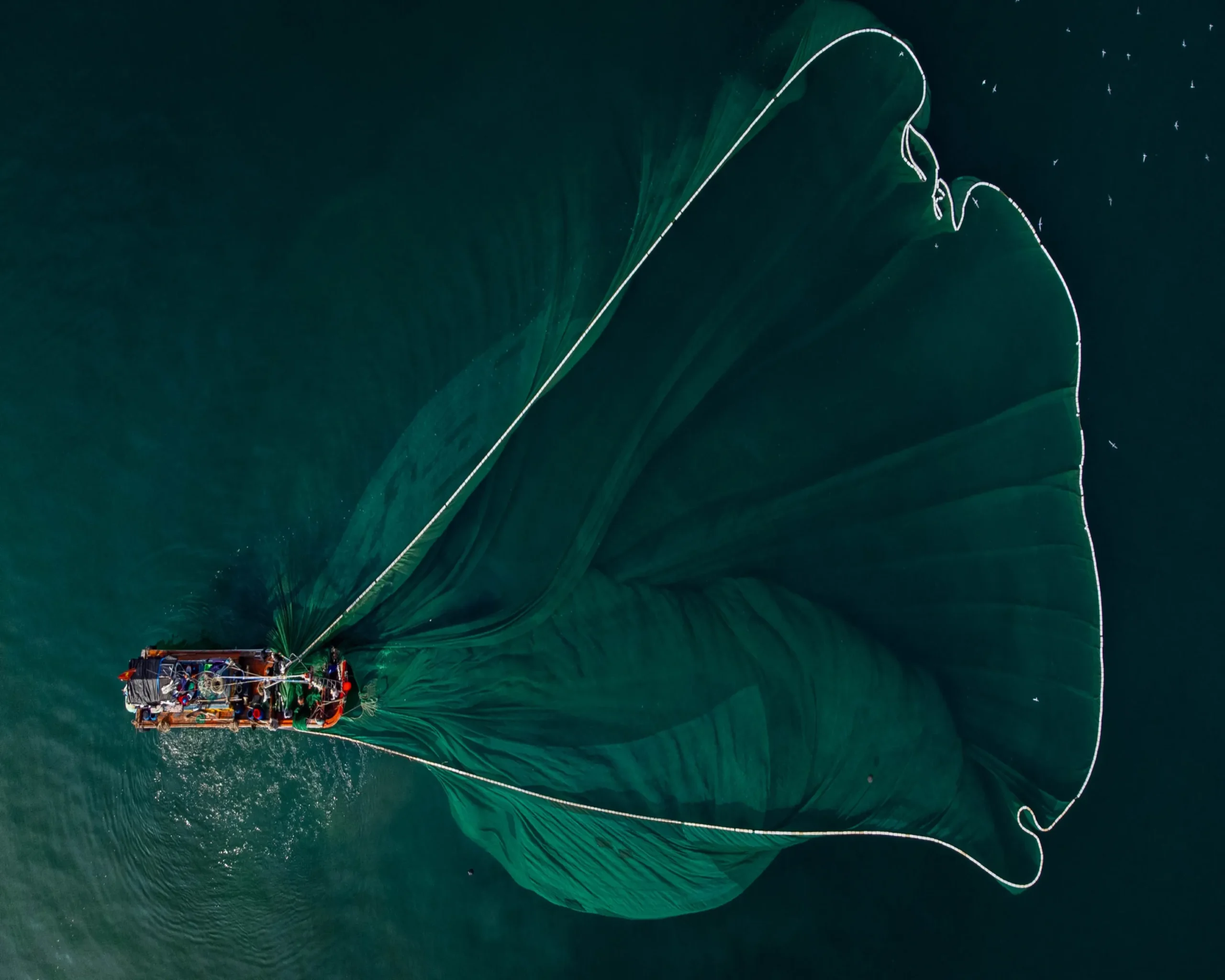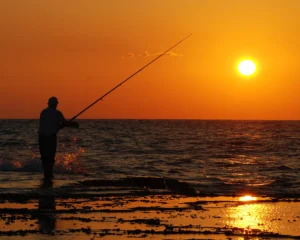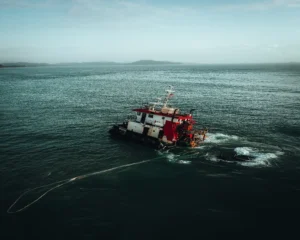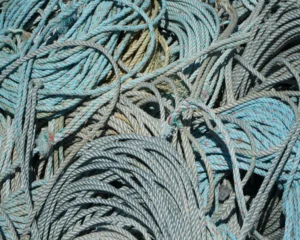Read in Urdu Language Click Here.
Seine Fishing:
Seine fishing is a method of fishing that involves the use of a seine, a type of fishing net. Seine nets are large, vertically-hanging nets that can be deployed from boats or from the shore. The net is typically set in a manner that encircles fish, trapping them inside. Seine fishing can be used in both freshwater and marine environments and can be employed for various purposes, including commercial fishing, subsistence fishing, and scientific research.

Here are key aspects of seine fishing:
-
Types of Seine Nets:
Purse Seine:
A purse seine is a large net that is deployed around a school of fish. Once the net is encircled around the fish, the bottom of the net is “pursed” closed, trapping the fish inside.
Beach Seine:
A beach seine is often used from the shore. It is set perpendicular to the shoreline and is pulled in from both ends to encircle fish in shallow water.
Fyke Net:
A fyke net is a type of stationary seine that is set in a fixed position, often using poles or stakes. It is commonly used in rivers, estuaries, and other shallow waters.
Strike Seine:
A strike seine is a smaller version of a seine net that can be quickly deployed and retrieved. It is often used by smaller vessels for specific target species.
-
Techniques and Operation:
Deployment:
Seine nets are typically deployed from boats or by wading into the water from the shore. The net is paid out in a circle or semicircle to encircle the targeted fish.
Encirclement:
The net is drawn around the fish, forming a barrier that prevents them from escaping. This can be done by multiple vessels or by people on the shore, depending on the type of seine used.
Pursing:
In the case of purse seines, the bottom of the net is drawn closed like a drawstring or purse string. This traps the fish inside the “purse.”
Retrieval:
The seine is then retrieved, bringing the enclosed fish to the surface. The catch can be hauled onto the boat or shore, depending on the fishing operation.
-
Target Species:
Pelagic Fish:
Purse seining is often used for pelagic species that school near the surface, such as tuna, mackerel, and herring.
Inshore Species:
Beach seining and fyke netting are often used for inshore species like salmon, mullet, or shrimp in estuarine and shallow coastal areas.
Research:
Seine nets are also used in scientific research to sample fish populations and study the ecology of aquatic environments.
-
Environmental Considerations:
Bycatch:
Seine fishing, especially large-scale purse seining, can result in bycatch of non-target species, including juvenile fish and other marine organisms. Selective gear modifications may be employed to reduce bycatch.
Habitat Impact:
Seine fishing can have an impact on the seafloor or riverbed, especially if the gear is dragged along the bottom. This can lead to habitat disturbance.
Regulations:
Many regions have regulations in place to manage seine fishing, including restrictions on gear types, mesh sizes, and areas where seine fishing is permitted. These regulations aim to promote sustainable practices and protect marine ecosystems.
Seine fishing can be a highly effective method for capturing large quantities of fish, but it requires careful management to prevent overfishing and minimize environmental impact. Sustainable seine fishing practices often involve gear modifications, proper regulations, and monitoring to ensure the long-term health of fish populations and marine ecosystems.
Read in Urdu Language Click Here.
